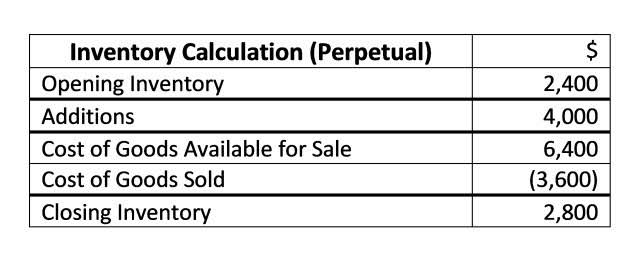
This means $10,000 would be classified as the current portion of a noncurrent note payable, and the remaining $90,000 would remain a noncurrent note payable. Noncurrent liabilities are long-term obligations with payment typically due in a subsequent operating period. Current liabilities are reported on the classified balance sheet, listed before noncurrent liabilities. Changes in current liabilities from the beginning of an accounting period to the end are reported on the statement of cash flows as part of the cash flows from operations section.
A dividend is not an expense on the corporation’s income statement. However, for accounting purposes the economic entity assumption results in the sole proprietorship’s business transactions being accounted for separately from the owner’s personal transactions. Treasury stock is a subtraction within stockholders’ equity for the amount the corporation spent to purchase its own shares of stock (and the shares have not been retired).
What Are Long-Term and Short-Term Liabilities?
A balance sheet presents a company’s assets, liabilities, and equity at a given date in time. The company’s assets are listed first, liabilities second, and equity third. Long-term liabilities are presented after current liabilities in the liability section. A note payable is a debt to a lender with specific repayment terms, which can include principal and interest. A note payable has written contractual terms that make it available to sell to another party.
Long-term liabilities, which are also known as noncurrent liabilities, are obligations that are not due within one year of the balance sheet date. For example, a company can buy credit default swaps, which of the following are long-term liabilities? which are insurance contracts that pay out if the borrower defaults on their debt. This type of hedging strategy can protect the company if the borrower is unable to make their required payments.
What is a long-term liability?
Therefore, changes on the Income Statement and the Cash Flow Statement will trickle over to the Balance Sheet. Some examples of how the Income Statement and the Cash Flow Statement can affect long term obligations are listed below. Here’s a real example of Non-Current Liabilities from Bight Horizons Family Solutions’ Balance Sheet.

A note payable is usually classified as a long-term (noncurrent) liability if the note period is longer than one year or the standard operating period of the company. However, during the company’s current operating period, any portion of the long-term note due that will be paid in the current period is considered a current portion of a note payable. The outstanding balance note payable during the current period remains a noncurrent note payable.
Deferred income taxes
Note that this does not include the interest portion of the payments. On the balance sheet, the current portion of the noncurrent liability is separated from the remaining noncurrent liability. No journal entry is required for this distinction, but some companies choose to show the transfer from a noncurrent liability to a current liability.
The amount the corporation received from issuing shares of stock is referred to as paid-in capital and as permanent capital. Moreover, you can save a portion of business earnings to go toward repaying debt. This form of debt can give you the boost you need to stay afloat or grow your business. Sandra Habiger is a Chartered Professional Accountant with a Bachelor’s Degree in Business Administration from the University of Washington. Sandra’s areas of focus include advising real estate agents, brokers, and investors. She supports small businesses in growing to their first six figures and beyond.
0 Comments